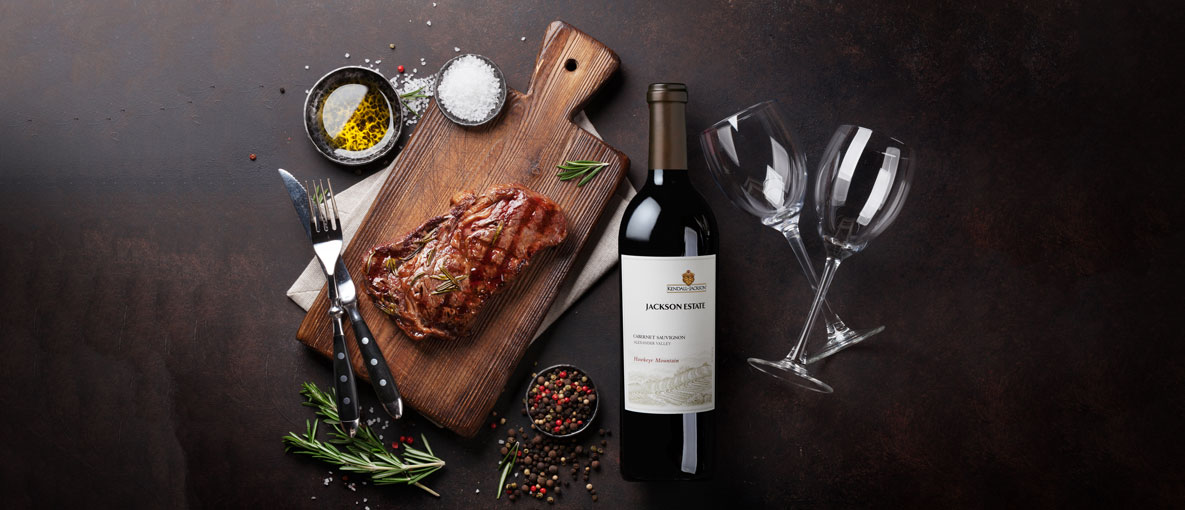What is Terroir?
You hear this elusive French term constantly in discussions about wine, but what is terroir, anyway?
It comes from the old Latin word terra, which means earth. It suggests that each individual place in the world is unique: when it comes to soil chemistry and structure, weather and climate, orientation to the sun, and so on, no two vineyards are alike. This means, in theory, that the wines that come from these places are distinct from all other wines, possessing some inimitable mark of their origin, just as a human child is the product of its specific parents and upbringing. When an expert refers to “a wine of terroir,” that is a compliment.
That’s true, as far as it goes, but the weakness in terroir-based arguments is that site is not the only thing that influences wine. The other is the human factor: The winemaker is at least as important in how a wine turns out, for the obvious reasons that he or she has control over such variables as when the grapes are harvested, what the precise blend is, what kind of yeast is used for the fermentation, and what kinds of oak (if any) the wines are aged in.
The late, great French enologist, Emile Peynaud, studied terroir extensively, and came up with a word that expresses what happens when terroir meets the human factor: Cru. According to Peynaud, cru is “a complex notion” that encompasses everything affecting the vine, from weather and soil to the “agricultural, industrial and processing” practices involved in winemaking, including “the wine-producing property.” Even “marketing” is wrapped into the notion of cru.
In reality, determining the impact of terroir in wine can be notoriously difficult, especially in blind tastings. The concept seems to be truer on a larger scale than on a small one. For example, everyone will agree that there’s a family resemblance between, say, the Pinot Noirs of Anderson Valley. It’s when we try to define it, or try to consistently identify terroir in individual, small-production lots, that things get difficult. Not all wines taste the way we expect them to; wines from the same vineyard, but made by different winemakers using different techniques, can be totally unlike each other.
And yet, adherents of the terroir theory of wine insist, it should be possible to discover a continuity of terroir even in wines made by wildly different techniques. That this is not always the case is why I call terroir “the wine writer’s full employment act.” Terroir will continue to be an elusive, slippery concept, but it will always provide wine writers, winemakers and sommeliers with plenty to argue about!
Steve Heimoff is one of America’s most respected and well-known wine writers. The former West Coast Editor for Wine Enthusiast Magazine and a contributor to Wine Spectator, he has also authored two books on the subject of California wine, including “New Classic Winemakers of California: Conversations with Steve Heimoff,” published in the fall of 2007.



